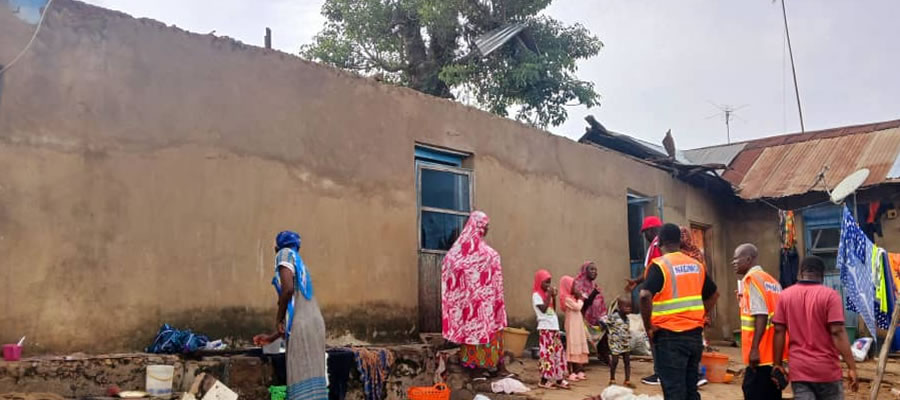

Physical Features
Location and Size
The Suhum Municipality is located in the south-central part of the Eastern Region of Ghana and covers a land area of about four hundred square kilometres (400km2). It is bounded anti-clockwise by the New Juaben Municipality to the north-east, East Akim Municipality to the north, Ayensuano District to the west and south, and Akwapim North Municipality to the east. The capital, Suhum, is only sixty kilometres (60km) northwest of Accra on the busy Accra-Kumasi-Tamale-Ouagadougou Highway. Figure 1.1 is a map of the Suhum Municipality.
Climate
The climate is of the tropical type and the temperature ranges from 240C to 290C. The hottest months are March and April while the coolest months are December and January. Relative humidity in the rainy season is between 87 percent and 91 percent and 48 percent and 52 percent in the dry season.
The annual rainfall figure for the municipality ranges between 1270mm and 1651mm. The first and major rainy season occurs between April and July and the second and minor season falls between September and November.
Relief and Drainage
The area has a few highlands with the Asarekrom area being the highest elevation overlooking the Densu River and standing at about 450metres above sea level. The main river basin is the Densu which takes its source from the Atiwa Range in the East Akyem Municipality. Its major tributary is the Kukua whose main tributary is the Suhum River.
There are outcrops of gigantic rocks at Nankese and Bokor near Suhum on the way to Koforidua and Asamankese respectively. The Municipality has a quarry operated at Brong Densuso near Nankese.
Vegetation
The Municipality was originally covered by a semi-deciduous forest. However, human activities in the form of cultivation, lumbering and extraction of fuel wood have drastically reduced the original vegetation to an insignificant level and the land is now covered mostly by re-growth thickets and secondary forests. Other types of vegetation like the elephant grass have also grown on farmlands where the fallow periods are not adequate and the fertility of soils has now been reduced by sheet erosion.
Date Created : 11/27/2017 3:07:48 AM











 facebook
facebook
 twitter
twitter
 Youtube
Youtube
 +233 593 831 280
+233 593 831 280 0800 430 430
0800 430 430 GPS: GE-231-4383
GPS: GE-231-4383 info@ghanadistricts.com
info@ghanadistricts.com Box GP1044, Accra, Ghana
Box GP1044, Accra, Ghana